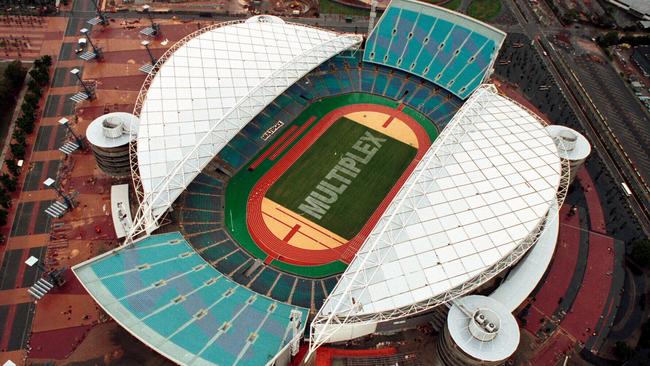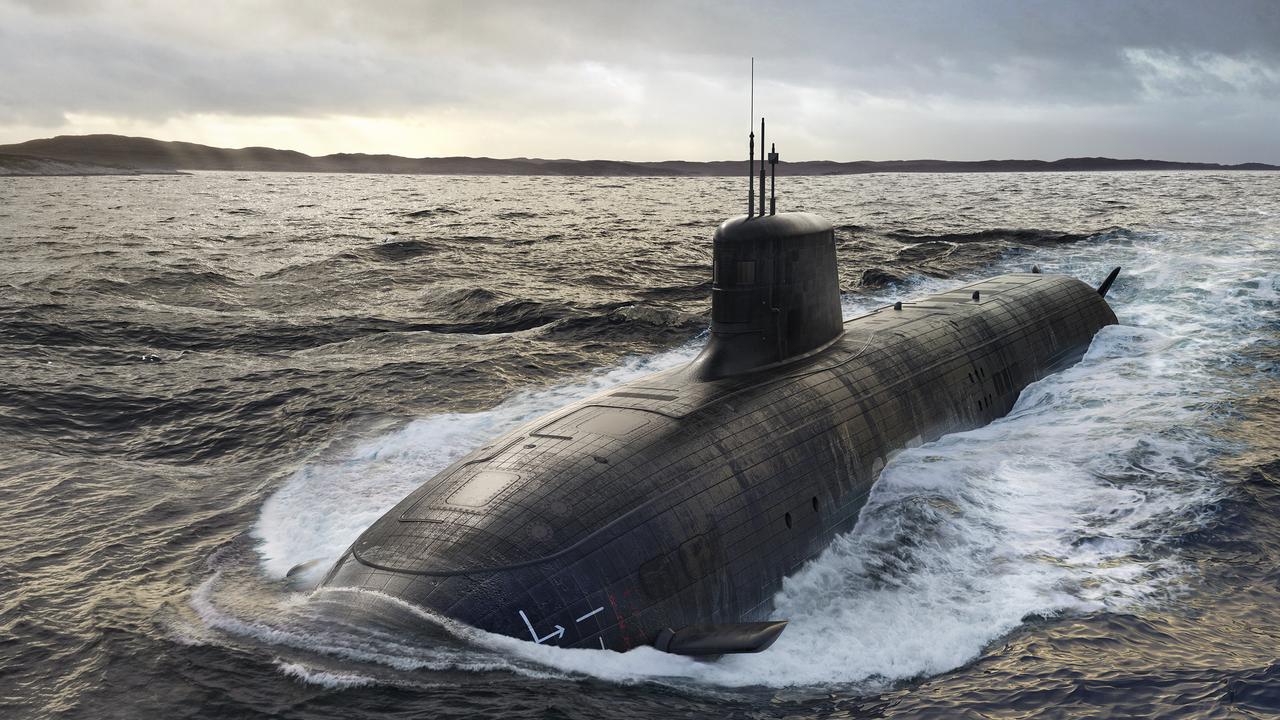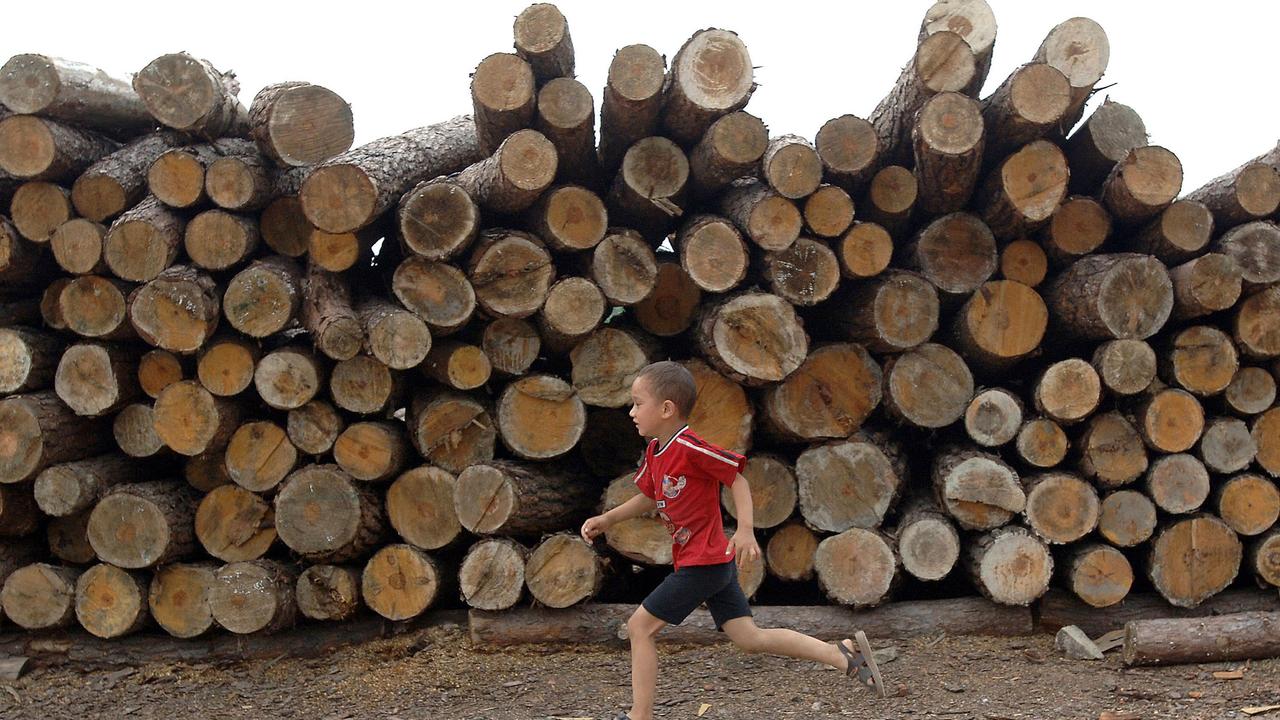Strategic planning to allay 2000 Sydney Olympic Games terror threats
The impact of ‘games-related decisions’ on the federal budget climbed to more than half a billion dollars.

The terrorist threat to the Sydney 2000 Olympic Games and the event’s vulnerability to chemical, biological and radiological weapons was taken seriously by the Howard government.
The issue was discussed by the national security committee of cabinet in June 1998, with the government agreeing to provide “the specialised capabilities necessary” to counter the threat, as revealed in 1998 and 1999 cabinet records.
It was agreed that the Defence Department would provide $23m in equipment to support the games — including protective clothing, technology aimed at uncovering explosives, and chemical and radiological detection devices.
It also proposed a further $52m to cover operating and personnel costs, including for a deployable analysis facility and a decontamination and medical aid platoon.
In a cabinet submission provided by attorney-general Daryl Williams and defence minister Ian McLachlan, marked secret and for Australian eyes only, they noted that ASIO’s nuclear, biological and chemical risk assessment for the Games was “medium”.
This reflected the spy agency’s view that while the likelihood of an attack was “low”, there would be extremely “high damage” from any successful incident.
They also noted that officials involved in Games planning had noted that “virtually no planning was being undertaken in NSW to counter this risk” because of a “lack of expertise and knowledge”.
A working group was set up to advance capabilities that could handle a major risk posed by chemical or radiological weapons.
The 1998 cabinet submission also sought approval for a strategy to provide an “adequate” level of protection for the Games from a biological or chemical attack.
It warned that specialist military requirements would be required to deal with “super-chemical and biological incidents” and set out the responsibilities that various agencies would have in the event of an attack.
In December 1999, the NSC received a briefing from Mr Williams on exercise “Blue Ring” — a national anti-terrorist exercise over the previous weeks — to test the anti-terrorist capability for the Sydney 2000 Games. It found “process difficulties”, including in the area of co-ordinating federal and NSW media responses to a terrorist incident.
The government was warned by sports minister Andrew Thomson as early as March 1998 that a failure to properly manage the media at the Sydney 2000 Olympic Games could inflict “major damage” on Australia’s international reputation.
By February 1999, the government was informed by the then minister assisting the prime minister for the Sydney 2000 Games, Jackie Kelly, that the impact of “Games-related decisions” on the federal budget had climbed to more than $500m.



